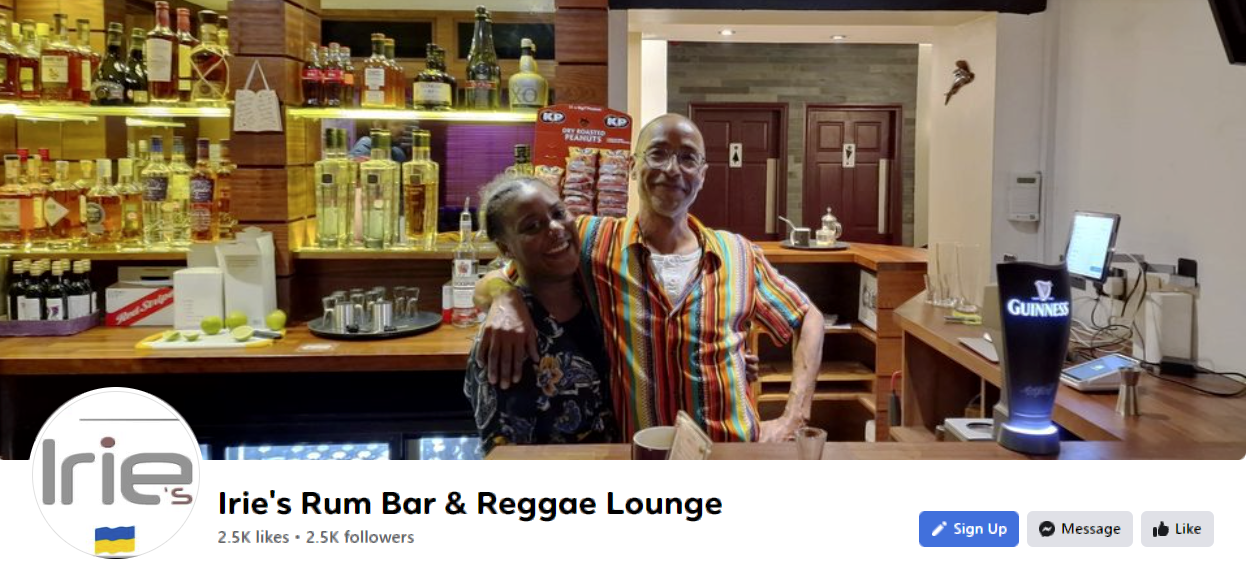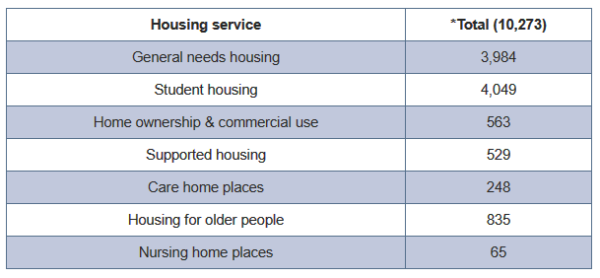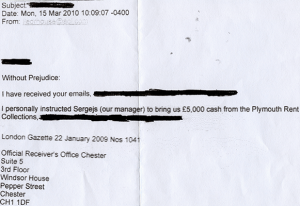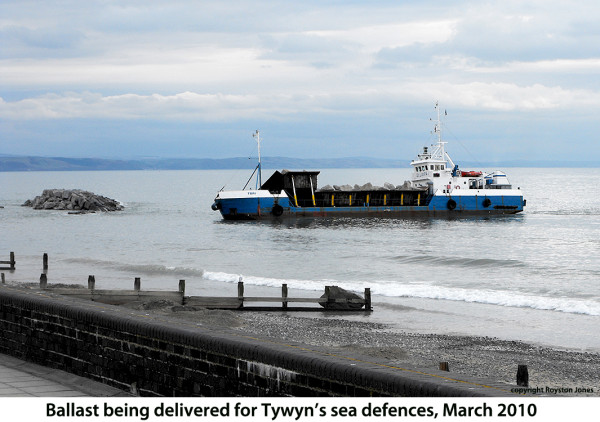![]() This is a piece that I’d planned to get out earlier in the week, but things cropped up. For example, I had to make a trip to Swansea. So for that and other reasons it got delayed.
This is a piece that I’d planned to get out earlier in the week, but things cropped up. For example, I had to make a trip to Swansea. So for that and other reasons it got delayed.
◊
DRAMA QUEEN PERFORMS
This piece took inspiration from a report in Saturday’s Llais y Sais, but it links with other things I’ve written in recent years. Let’s start with the article.
It’s about Jessica Dunrod. Who a few days before had resigned as Amgueddfa Cymru’s “project manager of decolonising collections“.

The first point I want to make is that if you employ someone to ‘decolonise’ your collections then that’s an admission your collection needs decolonising. But who decides in the first place that a collection needs decolonising? And what criteria do they apply?
What exactly is a colonised collection? Is it a collection that has been taken over and is now being brutally exploited by another collection?
I suspect not.
In her resignation letter Dunrod accused our National Museum of high crimes and misdemeanours including a “toxic working environment“, being a den of “unresolved racism and bullying“, before sparing none with, “institutional racism across Wales in general“.
That final attack might appear to be an accusation of collective or national guilt. If so, then it’s a slander against us all. Which is why I’m going on the offensive, and not just against Jessica Dunrod.
∼
I wrote about our national museum a couple of years back, when it came under attack from certain quarters.
My coverage began with Corruption Bay and a Tale of Cymrophobia (23.08.2021), in which I related that surveys commissioned by the Arts Council of Wales and Amgueddfa Cymru concluded both bodies were racist!
Yeah, ‘surveys’.
My attention was soon drawn to the Welsh Arts Anti-Racist Union (WAARU).
My follow-up piece was Arts Council of Wales and Welsh Arts Anti-Racist Union, an update (31.08.2021). And the third was Welsh Arts Anti-Racist Union unmasked (06.09.2021).
In a nutshell, what I found was a bunch of far left shit-stirrers moaning about racism, with WAARU (in its ‘report’) even accusing the Arts Council and the Museum of “upholding white supremacist ideology“.
Wow! there’s an ideology!
But as with all the other allegations, and the cases of ‘discrimination’, there was nothing specific, nothing tangible. Just wild accusations that make the report a work of fiction more worthy of funding than anything else produced by these mediocrities.
But while the race grifters were getting the publicity, plus the jobs, grants and other goodies, they were in some ways just a distraction. For there were other beneficiaries.
Allegations of ‘racism’, campaigns to bestow ‘inclusivity’ and other joys, or funding and appointments, are all used to increase ‘Welsh Government’ influence over certain bodies, even to the point of total control.
A phenomenon I’ve dealt with more recently with, Taking Control, Of Everything (19.06.2023).
Though the use of one tactic does not preclude the use of others. And once you appreciate what’s happening then a number of things become clear. For example, the contrived furore over rappers being banned from the National Eisteddfod was clearly a warning shot about the Eisteddfod’s all-Welsh rule.
With the Eisteddfod so dependent on ‘Welsh Government’ funding, and Vaughan Gething being Drakeford’s heir-apparent, things look bleak for the Gorsedd.
Jessica Dunrod’s sinecure at Amgueddfa Cymru as project manager of decolonising collections was perhaps a result of similar manoeuvring.
∼
Following the WAARU assault Amgueddfa Cymru capitulated and set up a Decolonising Group, with Black Lives Matter apparently playing a big role!
Yes, it actually says: “The Black Lives Matter movement has fast-tracked conversations about the stories that our collections and displays present, calling for us to confront history and challenge present-day injustices.”
How thoroughly decent of them to “fast-track”.
It seems reasonable to assume that BLM also had a hand in the adoption of A Charter for Decolonising Amgueddfa Cymru’s Collection.

By 6 December 2021 we see Amgueddfa Cymru advertising the vacancy that was filled by Jessica Dunrod.
The wording says: “We are recruiting for a Project Manager, Decolonising Collections. The closing date is 13 December – apply now to be part of the de-colonization of the national collections.”
Which I find revealing.
Because so much of what passes for debate on the subject of race and racism is simply slogans imported, without adaptation, from the USA, often unfit for purpose in Europe; and especially in Wales, which had neither an empire nor slavery, and is itself a victim of colonialism.
This wholesale importation of Americanisms extends to the spelling “de-colonization” in the job advert.
One final word on Jessica Dunrod, who sees racism everywhere, to the point of absurdity.
You’ll recall the case of nurse Lucy Letby, who was recently convicted for the deaths of a number of babies in Chester. As far as I’m aware, all the babies were White, a number of them born to Welsh parents.
Well, someone tweeting as ‘Dr Ruby’, somehow linked these killings to the bizarre case of a woman kicking a big horse, and believes that the tragedy of the murdered babies and the horse incident can be attributed to “white supremacist structures“.
And Jessica Dunrod agrees, for she retweeted it.

How unhinged, how obsessed with ‘racism’, do you have to be to see white supremacist structures (whatever they might be) in the Lucy Letby case?
Or to put it another way, how far down the woke rabbit-hole do otherwise sane people have to fall to not call this out for what it is?
◊
SELECTIVE ATTITUDES TO SLAVERY
Slavery is all the rage nowadays.
Well, obviously not the real thing, or certainly not in Western countries, but talk of it often dominates certain political discussions. Based on the absurd premise that slavery was only and ever practised by White people against Black Africans.
And for this, we White folks must be forever repentant. All of us.
I do not believe in collective guilt, even less in inherited guilt. We don’t blame all Germans for WWII, or all Americans for the unspeakable horror that is basketball. And if my great-great-great-great-grandfather killed somebody then that was something he did and for which he alone was and remains responsible.
Similarly with slavery. Though others choose to see it differently.
One of those being Malik Al Nasir, described in the article below as “a poet and an author”, also a PhD history student at St Catharine’s College, Cambridge. He has focused on former MP and Assembly Member Antoinette Sandbach.

It seems that she had a slave-owning ancestor named Samuel Sandbach and Al Nasir wanted everyone to know. This resulted in death threats for Sandbach.
The article doesn’t tell us when Samuel Sandbach flourished, but seeing as Britain outlawed slavery in 1833/34, it had to be over 200 years ago.
I further assume that a man like Malik Al Nasir, so concerned with the horrors of slavery, must be aware that Black Africans are today being sold in North African slave markets by his fellow Muslims.
Come to that, how many Black Africans were enslaved by Muslims over the centuries? Why is it, as this article suggests, “a taboo subject“?
Well, we know why, don’t we? (And if you don’t know, then keep reading.)
After all is said and done, Al Nasir is free to condemn the trans-Atlantic slave trade, but he should be honest enough to accept that slavery was universal.
And by the same token, I am free to condemn the countries of the Sahel, and Turkey, for their part in enslaving millions of White, Christian Europeans in the same time frame as the trans-Atlantic slave trade.
The more I think about the left’s attitude to slavery the more I see the response from the same quarter to ’emissions’ and fossil fuels. China can open a coal-fired power station every other day, the same with India and other countries . . . but climate change is still the fault of Western countries currently impoverishing their populations with degrowth strategies in pursuit of Net Zero.
Which should tell you that it’s not really about slavery, or emissions. These are just elements of the Globalist agenda being implemented to undermine the West.
◊
WHITE BUGGERS ON BIKES
We turn now to someone who’s appeared on this blog before, it’s Gareth James, who runs Irie’s Rum Bar and Reggae Lounge in Aberystwyth. He appeared in Welsh Independence And The Left, back in January.
He got a mention because Aberystwyth seemed to be home to a number of those I wrote about, with Gareth James himself, in his piece in the Cambrian News, arguing that Dyfed Powys Police should be more Woke!
(Most people would settle for them being awake.)

His most recent offering was in last week’s Cambrian News. It’s a truly strange, and worrying article, but it’s very clear that Gareth James has issues with middle-aged White men riding motorbikes.

I won’t dissect it too much, but a few questions must be asked.
If the problem is the noise he claims they make, does it really matter that these bikers Gareth James complains about are White? To put it another way, would the noise be acceptable if these, “elderly dickheads on ear-splitting motorbikes” were Black?
But then, he seems to think that if they were Black they wouldn’t be allowed anywhere near Aberystwyth. Thanks to un-Woke local Plod.
I know Aberystwyth prom, and I’ve seen the bikers parked near the Prom Diner many a time. Yes, there are a few preening wankers among them, but by and large they’re just ordinary blokes who like motorbikes, and like getting together to talk about motorbikes.
Some are middle class, but most are not. Many come up from the south. Let me make it absolutely clear that I’m thinking now of southern Wales, not Dixie.
I make that clear because the piece gave us another jarring Americanism with Gareth’s reference to Harley Davidsons. Jarring because I don’t think I’ve ever seen one on Aber’ prom.
But Gareth’s rant is obviously informed by American movies, and the perception that all-White motorcycle gangs are inherently racist.
Slow down, Gareth; it’s Aberystwyth promenade, not Sturgis, SD.
That sad piece says more about Gareth James than it says about the problems caused by a few middle-aged bikers in Aberystwyth.
Its confessional nature was disappointing because even though rum and reggae are not my thing I was still warming to Gareth James. Possibly because I’ve spent many happy hours – days, even! – in establishments of public resort wherein alcohol may be obtained.
To the extent that I believe there’s a special place in Heaven reserved for bar-keepers. And if I’m right, then, when my time comes, you’ll find me there on a bar stool.
But I’d rather spend eternity being served by a bosomy slapper (Black or White) who enjoys a risqué joke than being lectured on the evils of Whiteness by Gareth James.
◊
CONCLUSION
If Jessica Dunrod was the best of those that applied for the post of decolonization (sic) officer at Amgueddfa Cymru then it don’t bear thinking about the unsuccessful candidates.
Malik Al Nasir is a wannabe academic riding a wave. Promoting himself by putting an innocent woman in danger was unforgiveable.
Gareth James really does need to take a long, hard look at the town and the country he lives in. It’s nowhere near as bad as he seems to think.
Combatting ‘racism’ has become a way for some to expose their own frailties by using the most absurd pretexts to attack White people. Thankfully, an increasing number of people, White and Black, see it for what it is. Which is why Dunrod, Al Nasir, James, and others, need to remember the story of The Boy Who Cried Wolf.
Otherwise people will ignore them when the fascists really do appear.
For I see it now . . . hundreds of the noisy buggers, astride Harley Davidsons, demanding the immediate implementation of “white supremacist structures” as they ride up and down Aberystwyth prom seeking Gareth James.
♦ end ♦
© Royston Jones 2023























































